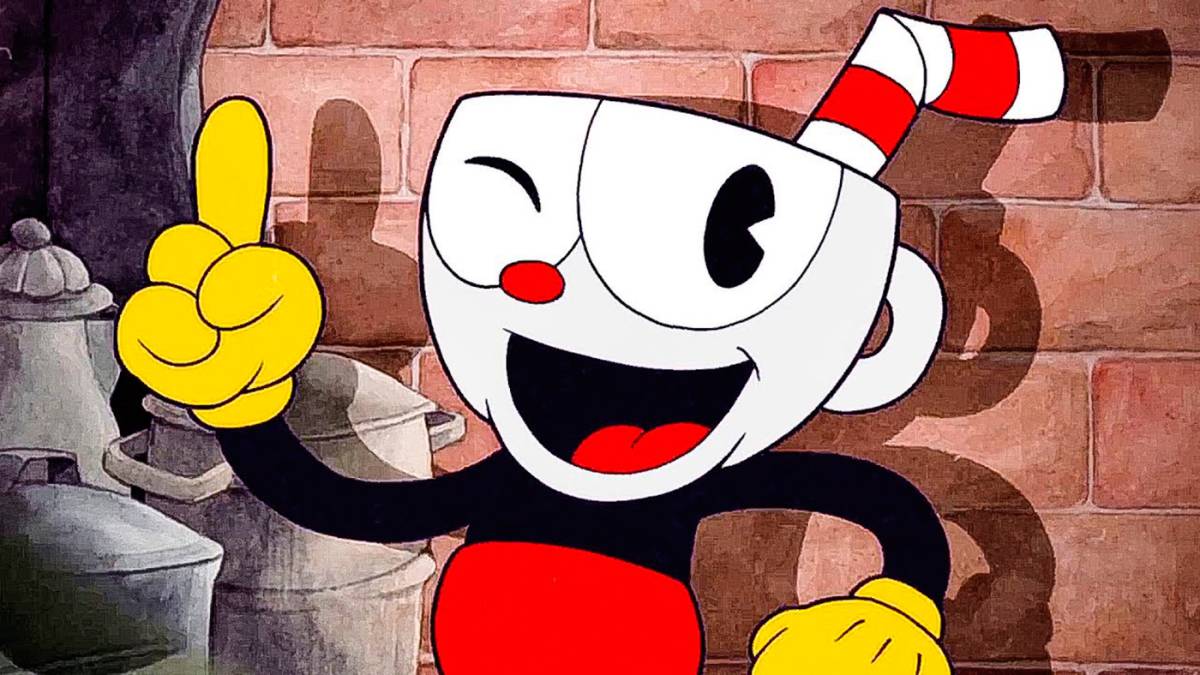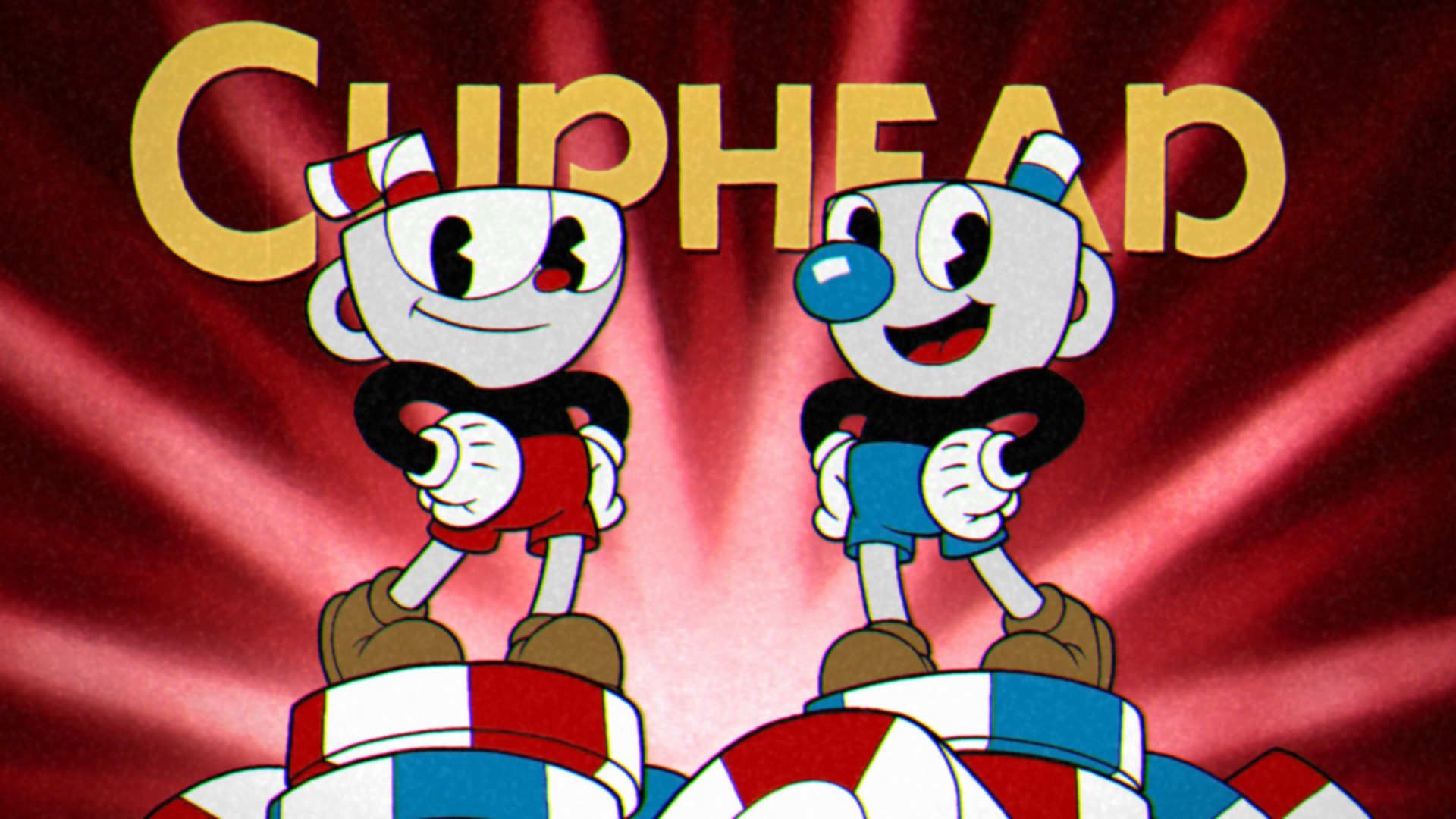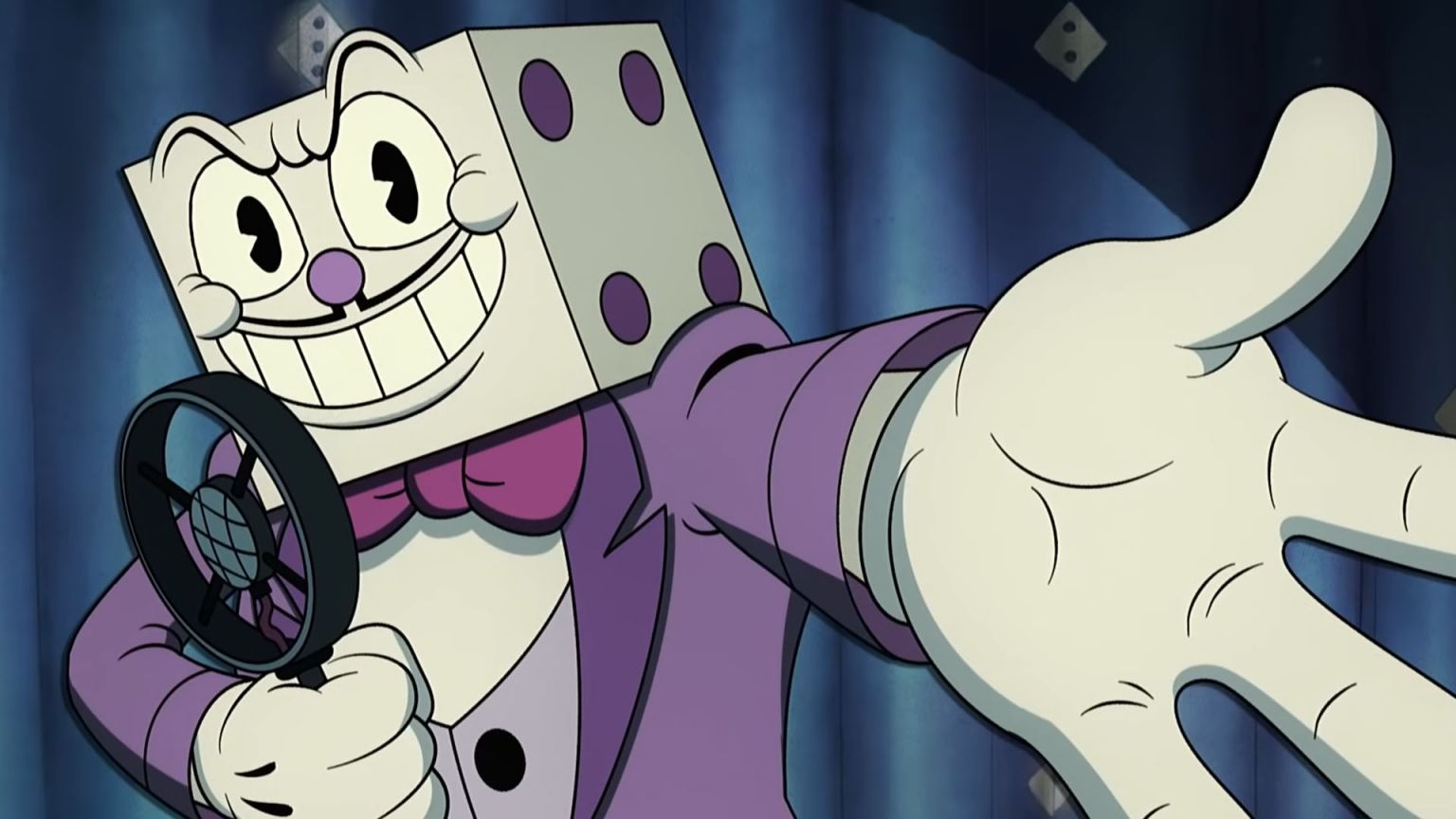
In the series, they incite the conflict for the episode by taking Cuphead’s $5 and not giving them entry to their boat, and then they don’t appear in the rest of the season. The episode “Ribby & Croaks” follows the two boxing frogs that served as an early boss in the game and takes place on the boat they fight Cuphead and Mugman on in the game.

THE CUPHEAD SHOW TV
The Cuphead Show! then utilizes the bosses in a way that caters to the game’s structure as well as the structure of a TV show.

Why would you devote time to flesh out a boss’s history if you’re never going to think of them once you beat them? The bosses are perfect for syndication. Indeed, beyond their imaginative designs, the bosses have no character to them whatsoever except King Dice and the Devil, and attempting to give them any personality other than “bad guy” wouldn’t make sense. Likewise, you can then go back to them whenever you like to be entertained. But when you really get down to it, Cuphead, as a game, almost does function like a syndicated TV show.Įach stage is entirely self-contained, and you can fight the brutal bosses in largely whatever order you like. There is no syndication for a streaming service, just content. The problem nowadays is that shows like these don’t mesh well with a streaming service like Netflix. It’s hard to watch shows like Avatar: The Last Airbender, Voltron: Legendary Defender, The Owl House, or She-Ra and the Princesses of Power and expect anything other than a multiple-season epic from its contemporaries, but that ignores where the vast root of animation stem from.Īnimated shows are traditionally meant to be syndicated for reruns on television at a moment’s notice and to bolster a cable lineup whenever necessary. We expect cartoons nowadays to have a lot more narrative substance to them. It’s refreshing to see it return in The Cuphead Show! since it is almost entirely opposite of what we expect modern-day cartoons to be like. Looney Tunes follow this exact same structure where a central character gets into cartoony shenanigans that are quickly resolved. This should all be familiar to fans of classic animation. The two bicker but ultimately work together to solve whatever problem comes their way. Cuphead is your stereotypical hyper-energetic kid with a cocky attitude, while Mugman is his Luigi. One episode has Cuphead and Mugman stuck in a cemetery trying to escape another has the pair go on an adventure for the local merchant Porkrind, among many others. A third of the episodes deal with how Cuphead is trying to get away from the devil after losing a game of Skee-Ball, but the majority of them are situational comedies that are entirely self-contained. The Cuphead Show! follows Cuphead and Mugman and the misadventures that they go on. In fact, that was probably the smartest decision that Netflix Animation, King Features Syndicate, and Studio MDHR made about the show. It is perfectly fine for The Cuphead Show! to target younger children and not adults or gamers who played the original game.
THE CUPHEAD SHOW SERIES
Many fans have said that the series only loosely follows the game’s structure and feels like a generic kids show. I even did a double-take when I saw that the first season consisted of 12 episodes, yet each episode was about 12 minutes long.


Unlike with the game, however, the reception to the show has been a lot more mixed.īoth fans and critics have been left disappointed by the series due to its lack of substance and short nature. So it made perfect sense when Netflix announced The Cuphead Show! as an actual animated series, which finally released its first season on February 18. Cuphead was one of the best games of 2017, a tough-as-nails boss rush / run-and-gun platformer highly regarded for its animation inspired by Max Fleischer cartoons and early Disney.


 0 kommentar(er)
0 kommentar(er)
